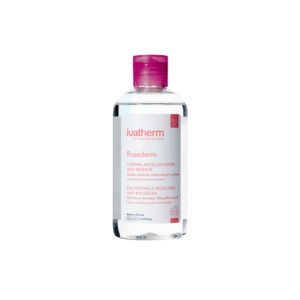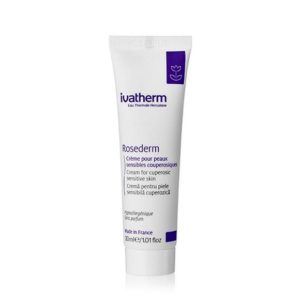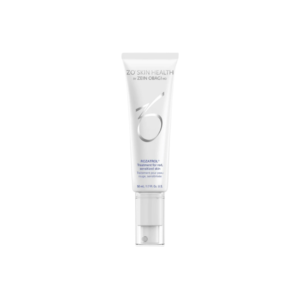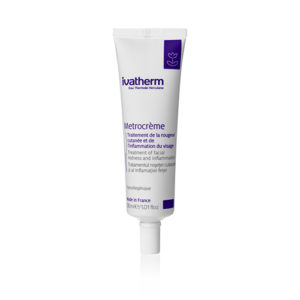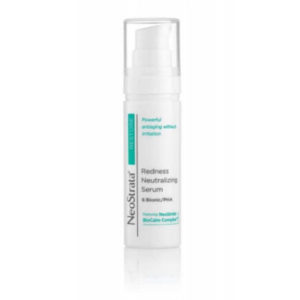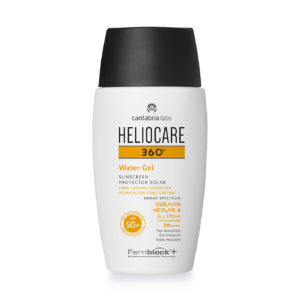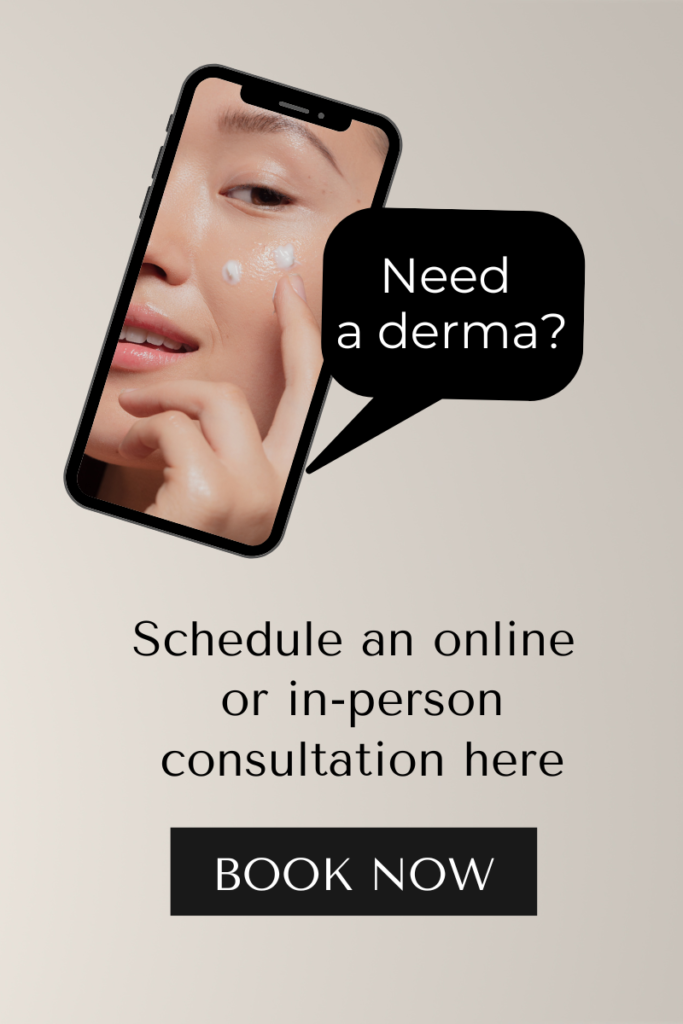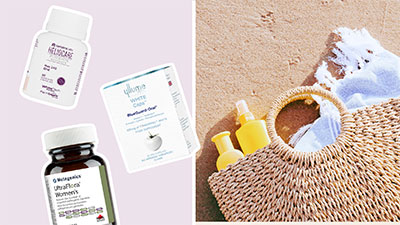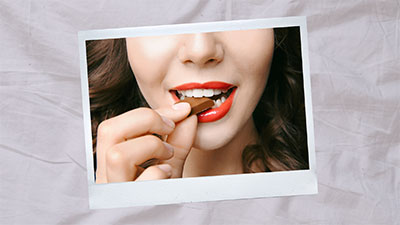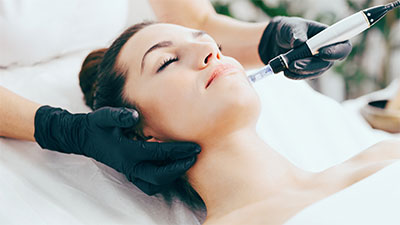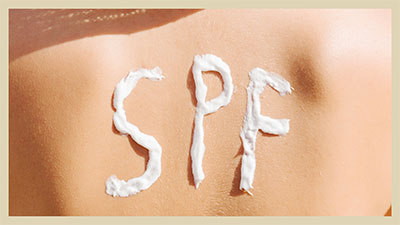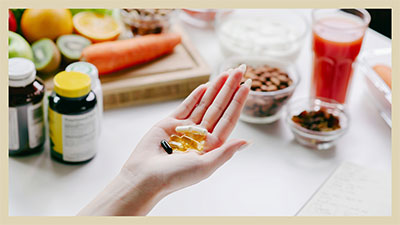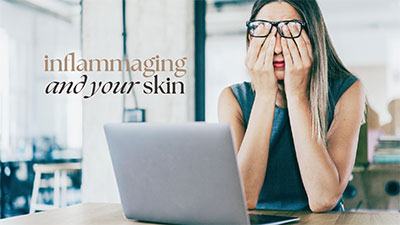Derma-Approved Skincare Products To Relieve Redness & Rosacea
Turning red? These skin remedies can help.

If you’ve been dealing with red, reactive skin—often with raised bumps and visible blood vessels—you might be suffering from rosacea. A chronic skin condition that’s more common than you think, it causes your face to look flushed or blushing, and can flare up for days to weeks and even months. It usually manifests in the nose, cheeks, and forehead, but can also appear as full facial redness or extend to your neck, ears, and chest.
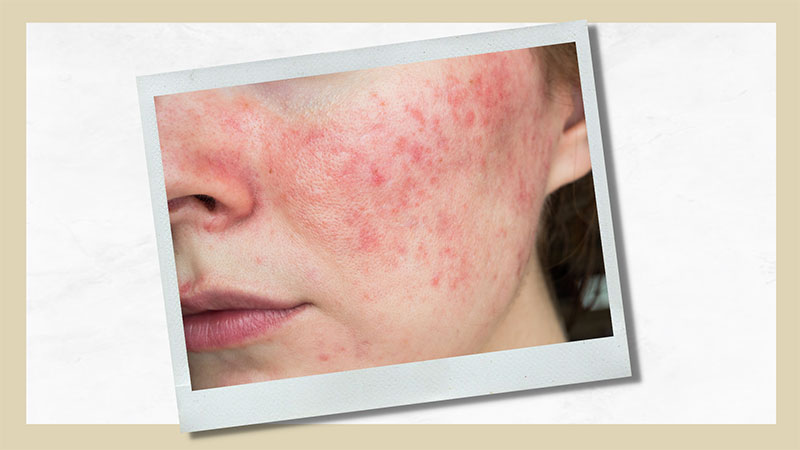
While the main cause of rosacea remains unknown, doctors have linked it to having an overactive immune system, genetics, and environmental factors. “The pathophysiology of rosacea involves several factors,” says Dr. Maximin Navarro, resident dermatologist at Bella Pelle Skin Solutions and a Philippine Dermatological Society (PDS) fellow, adding that there is “no single pathophysiological explanation.” He goes on to say that it appears that two main factors are involved: vascular and inflammatory. By vascular, it means relating to or affecting blood vessels, while inflammatory factors are related to immune response.
Though more common in Caucasians, rosacea can affect Asians, too—particularly women in their 30s to 60s. The good news? It’s not contagious. The bad news? Virtually anything that can make your face flush can trigger a rosacea flare-up: from spicy food and alcoholic drinks to extreme temperatures, stress, acids in your skincare, and even prolonged mask-wearing.
- Is it simple redness or rosacea?
If you’re turning red a lot, it might be a good idea to consult with a dermatologist. Some signs that it might be rosacea: Persistent facial redness, a.k.a. a sunburn that won’t go away, small red bumps on the skin that appear like acne (Read: Here’s How To Tell If Your Acne Is Actually Rosacea), and visible blood vessels or small clusters of dark, thin lines, usually on the nose and cheeks. Other symptoms include a stinging or burning sensation on skin, as well as patches of dry, rough skin.
Rosacea Relief
Sadly, there is no cure for rosacea. But there are available treatments to help you manage the redness and discomfort. These include oral and topical medication, as well as the religious use of sun protection. The most basic solution, however, is to avoid all known triggers, which can be tricky, to say the least. That said, it’s best to consult with a dermatologist to help identify what’s causing your flare-ups.
Here’s a list of possible rosacea triggers compiled from patient histories by Dr. Jonathan Wilkin of the U.S. National Rosacea Society:
| Food: Liver Yogurt Sour cream Cheese (except cottage cheese) Chocolate Vanilla Soy sauce Yeast extract (bread is OK) Vinegar Eggplant Avocados Spinach Broad-leaf beans and pods, including lima, navy or pea Citrus fruits, tomatoes, bananas, red plums, raisins or figs Spicy and thermally hot foods Foods high in histamine |
Beverages: Alcohol, especially red wine, beer, bourbon, gin, vodka or champagne Hot drinks, including hot cider, hot chocolate, coffee or tea |
Emotional influences: Stress Anxiety |
| Skincare products: Some cosmetics and hair sprays, especially those containing alcohol, witch hazel or fragrances Hydro-alcoholic or acetone substances Any substance that causes redness or stinging |
Temperature-related: Saunas Hot baths Simple overheating Excessively warm environments |
Weather: Sun Strong winds Cold Humidity |
| Drugs: Vasodilators Topical steroids |
Medical conditions: Frequent flushing Menopause Chronic cough Caffeine withdrawal syndrome |
Physical Exertion: Exercise “Lift and load” jobs |
Source: rosacea.org
Should you be sensitive to one or more of these, It is not necessary to avoid them completely—unless they cause a flare-up. It would help to keep a diary of what you have consumed or what you’ve been exposed to in order to better track the causes of your flare-ups.
Also helpful: You can ask your doctor for a customized skincare routine—one that’s designed for sensitive, reactive skin. Here, we’ve listed down some derma-approved products—from cleansers to moisturizers and serums—to help you achieve a calmer complexion:
CLEANSER
Gentle enough for daily use, this micellar lotion from Ivatherm is made with Herculane Thermal Water, which is scientifically proven to deliver calming action while gently cleansing skin and removing makeup. Recommended by doctors as the first step in the regimen of people with rosacea, it soothes fragile skin while also rebalancing its pH level and regulating sebum production. Plus, one of its key ingredients is dextransulfate, a skin decongestant that reduces swelling and irritation.
MOISTURIZER
A daily moisturizing cream for rosacea-prone skin, it’s formulated to reduce visible redness and irritation while also improving skin’s microcirculation. It boasts of a blend of skin-calming ingredients to control inflammation and prevent the dilation of capillaries, as well as to reduce the degradation of skin’s collagen and elastin. For added sun protection, you can also try the Ivatherm Rosederm Cream SPF 30.
TREATMENT SERUM
Here’s a powerhouse serum for red, sensitized skin. Packed with skin-soothing ingredients, like lactose, milk protein, and brassica oleracea italica extract, Rozatrol is proven to relieve symptoms associated with mild, moderate and severe rosacea. Aside from controlling oil and reducing inflammation, it also delivers exfoliation properties to encourage skin renewal, improve the skin tone, and reduce the signs of aging. That’s not all: It also provides antioxidant protection, replenishes hydration, and supports healthy skin barrier function.
Check out this skin transformation courtesy of ZO Rozatrol: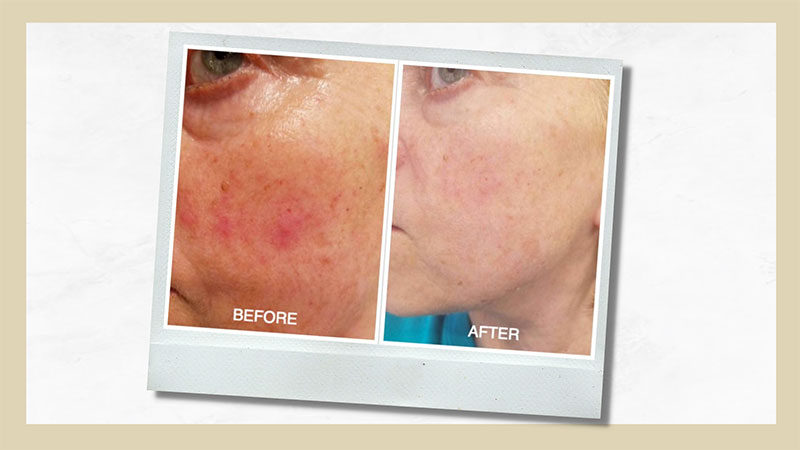
Image from Twitter.com/zoskinhealth
TREATMENT CREAM
Another effective treatment for rosacea symptoms, this has 0.75% Metronidazole, a broad-spectrum anti-infective that acts on papules and pustules, and reduces erythema (or redness). Green tea components deliver antioxidant, anti-inflammatory, and anti-allergic properties, and work in tandem with other skin soothers, like Herculane Thermal Water and natural plant extracts. To prevent further flare-ups, it has SPF 15 to shield against UVA and UVB rays.
ANTI-REDNESS SERUM
This hydrating and cooling face serum is powered by Neostrata’s BioCalm Complex, which targets blotchiness and calms skin that’s prone to sensitivity. Also in the formula: Polyhydroxy Acid (PHA), which is known to strengthen the skin’s moisture barrier, plus antioxidant extracts to shield against environmental stressors. Lightweight and easily absorbed, it’s a skin saver you can apply anytime you’re feeling dry or reactive—like after sun exposure.
SUNSCREEN
Remember: Sun exposure can worsen rosacea symptoms, so it’s important to stay protected with a broad-spectrum sunscreen—preferably in a lightweight, non-comedogenic format, like this water gel. The aqueous formula is ultra light and non-sticky so you don’t have to worry about any added discomfort. The best part: It protects against four types of radiation—UVA, UVB, visible light and infrared radiation.
Check out more sunscreens here.
Important Reminder
Unlike common skin issues like acne and dryness, rosacea is a condition that’s quite tricky to diagnose so it’s imperative that you seek professional advice before trying any treatments. For proper assessment and a customized skincare program, you can book a virtual or face-to-face dermatological consultation with Bella Pelle’s resident dermatologist, Dr. Maximin Navarro, here. You can also inquire at the Bella Pelle Skin Solutions Center via (+63) 999-887-1944. View our full treatment menu here.
For more beauty and skincare tips, subscribe to our newsletter:
SHOP OTHER PRODUCTS:
 Biologique Recherche Verte Espoir AR |
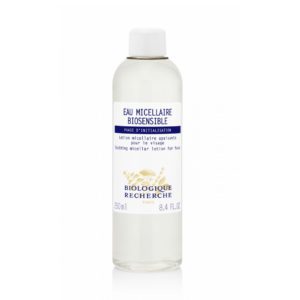 Biologique Recherche Eau Micellaire Biosensible |
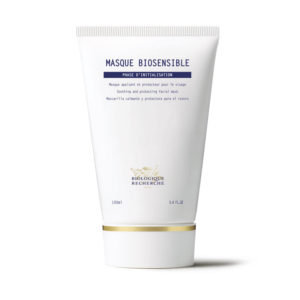 Biologique Recherche Masque Biosensible |
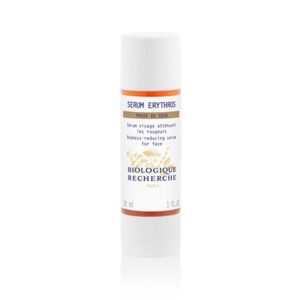 Biologique Recherche Serum Erythros |
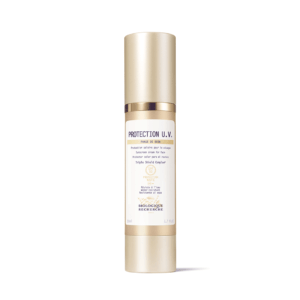 Biologique Recherche Protection UV SPF 50 |
RELATED READS:
- Here’s How To Tell If Your Acne Is Actually Rosacea
- Travel-Ready Beauty: Don’t Leave Home Without These Instant Skin Refreshers
- Is Your Skin Barrier Damaged? Here’s How To Tell

